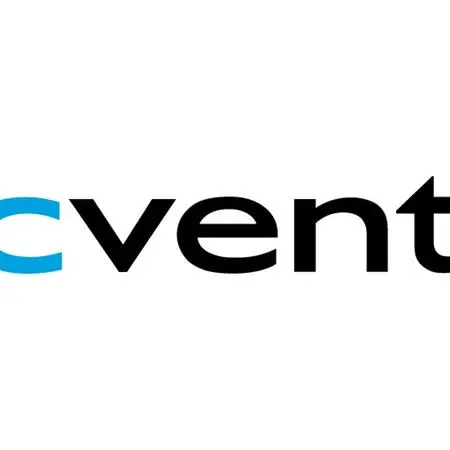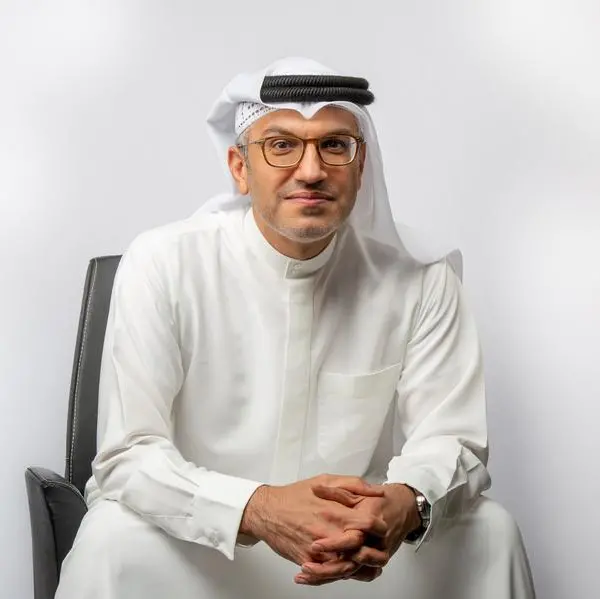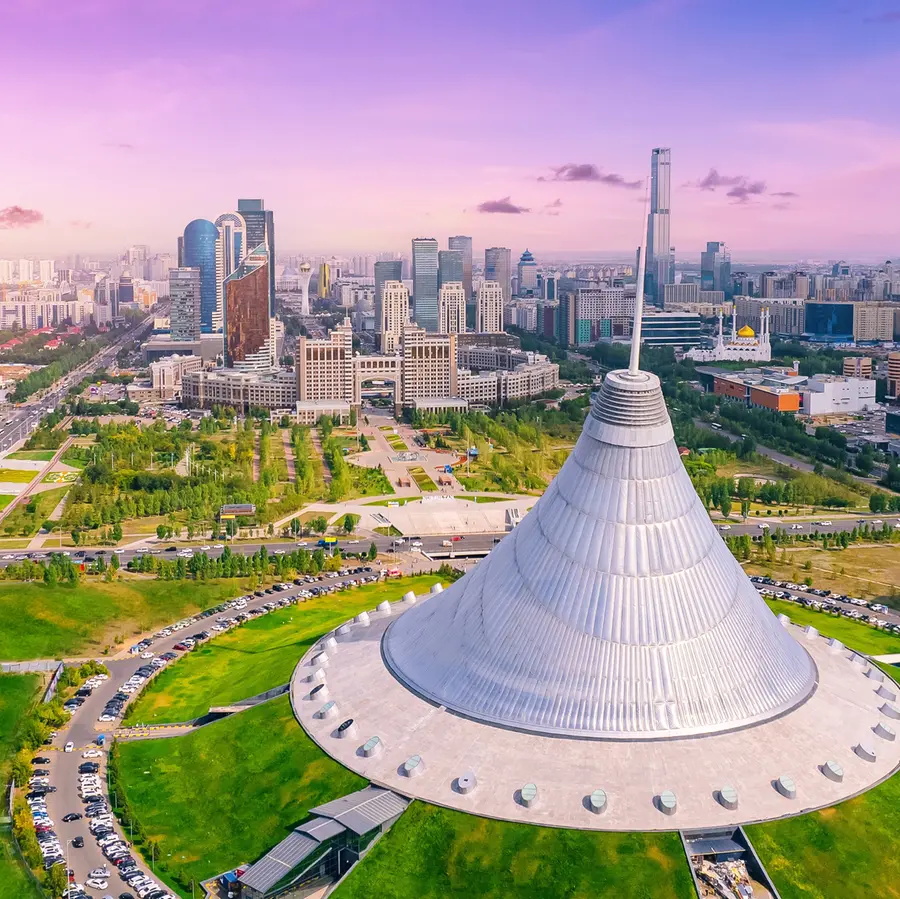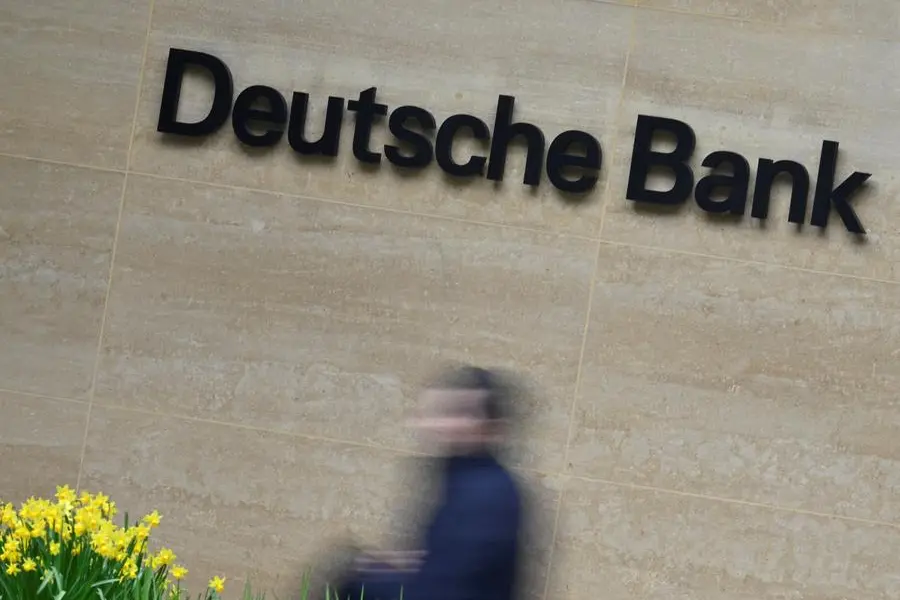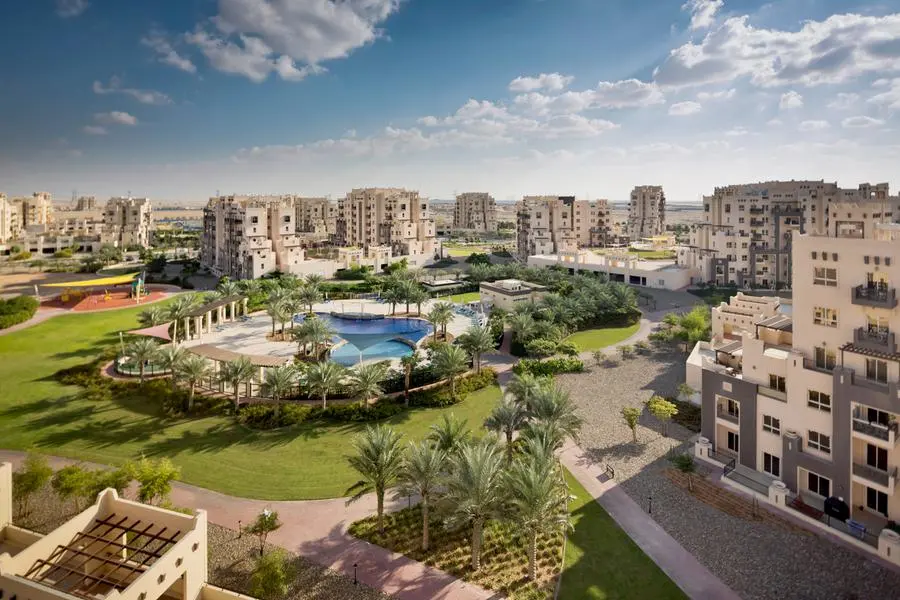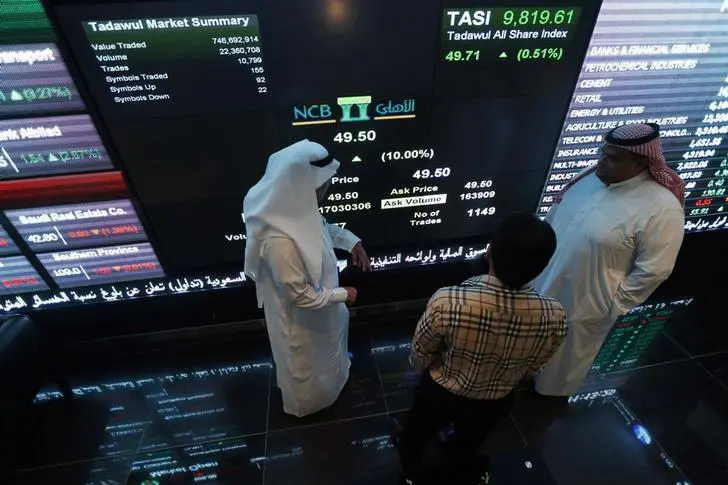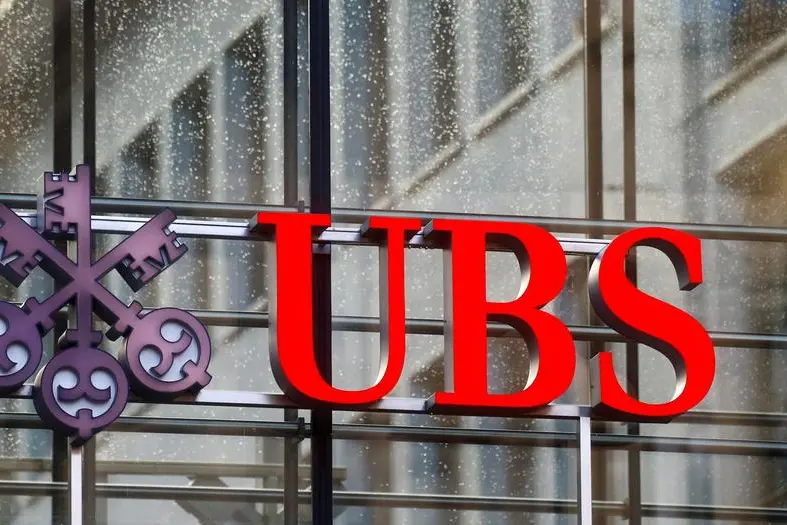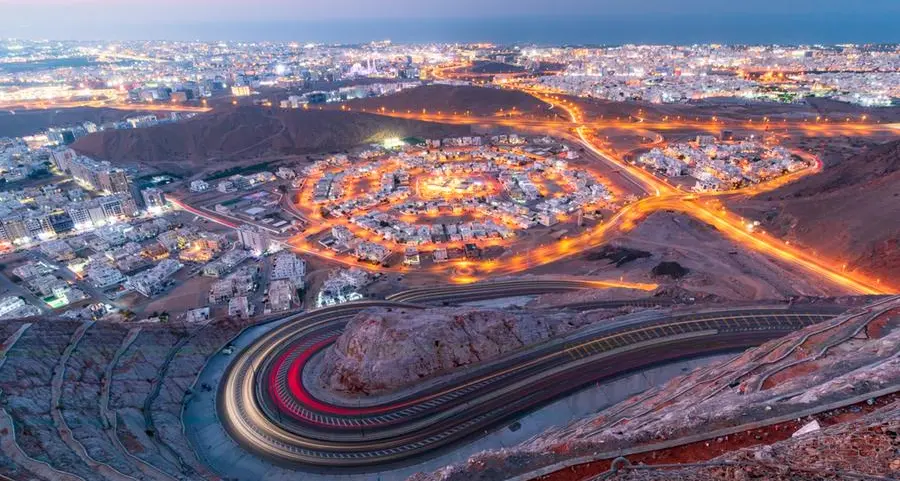PHOTO
The MENA region has made significant strides in developing district cooling systems. Image Courtesy: Danfoss A/S
- The study, based on a case study in Rome, Italy, provides valuable insights for warm climate, and it can be an excellent reference for the HAT(hot ambient temperature) countries, such as the MENA region, where district cooling networks are well-established, but the need for efficient heating solutions in certain areas remains unexplored.
Dubai, UAE – A recent whitepaper by Danfoss, titled Economic Comparison of Heating and Cooling Supply Systems in Warm Climates – Using a Case Study, underscores the transformative potential of district energy systems in addressing the dual challenges of heating and cooling demands in warm climates.
The MENA region, known for its scorching summers, has made significant strides in developing district cooling systems to meet the growing demand for space cooling. However, with ambitious decarbonization goals set by regional governments, there is a pressing need to explore integrated solutions that can address both heating and cooling demands efficiently. District energy systems, particularly low-temperature district heating and cooling (4GDHC), offer a sustainable and future-proof solution to optimize energy use and reduce carbon emissions.
The Danfoss study compares the levelized cost of heating and cooling for a neighbourhood in Rome, Italy, using low-temperature district heating (4GDHC), ultra-low temperature district heating (5GDHC), and building-level solutions. The findings reveal that 4GDHC systems are the most competitive, offering significant economic and operational advantages over standalone heat pump applications and 5G systems. These systems not only provide economies of scale but also enhance resilience by enabling the use of alternative heat sources and thermal energy storage, which are critical in times of energy supply crises.
“The MENA region is at the forefront of adopting innovative energy solutions, and district energy systems present a unique opportunity to meet both heating and cooling demands sustainably. With the region’s ambitious decarbonization goals, integrating 4GDHC systems can play a pivotal role in reducing carbon emissions while ensuring energy resilience. By leveraging centralized heat generation and thermal energy storage, we can optimize energy use, reduce infrastructure investments, and contribute to a greener future for the region”, highlights Ziad Al Bawaliz, General Manager, Danfoss MENA.
The study also highlights the environmental benefits of 4GDHC systems, including lower CO2 emissions and reduced refrigerant leakage risks compared to decentralized systems. Additionally, the ability to integrate large-scale thermal energy storage and utilize local waste heat streams further enhances the sustainability of these systems.
As the MENA region continues to urbanize and demand for energy grows, district energy systems offer a scalable and efficient solution to meet these challenges. By adopting advanced technologies like 4GDHC, the region can not only achieve its decarbonization targets but also ensure a reliable and resilient energy supply for future generations.
Read the full whitepaper here: https://shorturl.at/5uNgZ
For further information please contact:
Martina Pozgaj
Senior Marketing Communications Specialist
Martina.pozgaj@danfoss.com
About Danfoss A/S:
Danfoss engineers solutions that increase machine productivity, lower energy consumption, enable electrification, and reduce emissions.
Our solutions are used in areas such as refrigeration, air conditioning, heating, power conversion, motor control, industrial machinery, automotive, marine, and on- and off-highway equipment. We also provide solutions for renewable energy, such as solar and wind power, Power-to-X, heat recovery, as well as contribute to district-energy solutions for cities.
Our innovative engineering dates back to 1933. Danfoss is family-owned and employs over 39,000 people. We create long-term value for our customers in more than 100 countries with a global footprint of around 100 factories. www.danfoss.com



